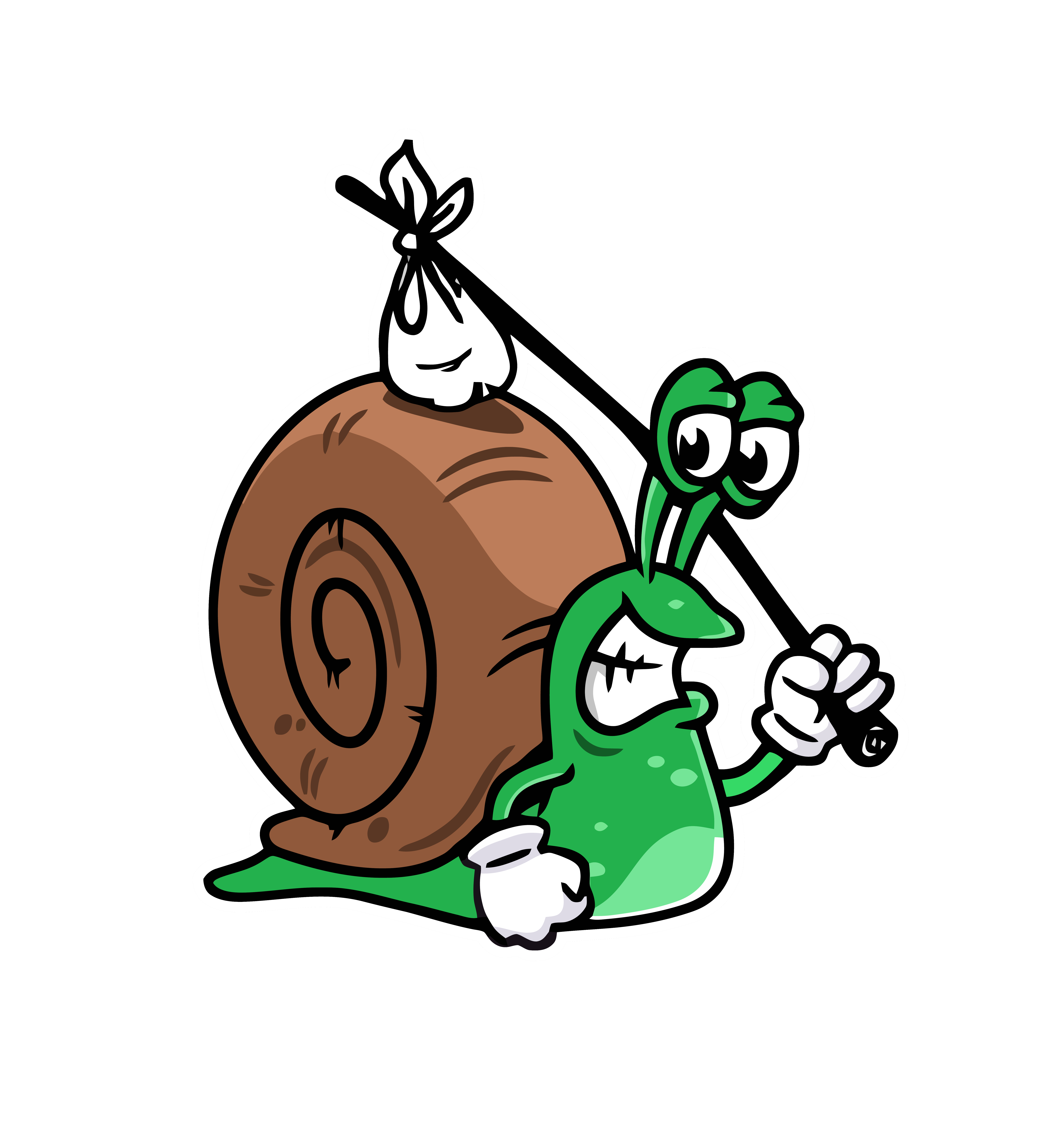The Dennos Museum Center is located on the campus of Northwest Michigan College in Traverse City Michigan. The museum has a variety of temporary and permanent collection exhibitions. The museum exhibits one of the largest and most historically collections of stone sculpture, prints and drawings by the Inuit artists of the Canadian Arctic, in the United States.
Inuit Origins
Inuit Origins date back approximately 4000-5000 years. It is believed by anthropologists that the ancestors of present-day Inuit crossed the Bering Land Bridge to Alaska. The ancestors would continue to journey to the Canadian Arctic and the eastern high point of Greenland. Three cultures pre-date the Inuit:
The Pre-Dorset (2000-800 BC)
The Dorset (1000 BC-1300 AD)
The Thule (900-1800 AD)
The adaptation to marine hunting such as seals, walruses, and whales occurred sometime after 900 AD and marks the beginning of the Inuit culture.
My Journey
I traveled to the Dennos Museum Center on a very cold and snowy day, 02/12/2020. I was not expecting the museum to be anything special. I was wrong! The Dennos Museum Center was a great experience. The museum has many exhibits galleries and rooms. Each gallery has countless great pieces from art galleries and sculptures, to Inuit artifacts. The Interactive Discovery Gallery gives the museum a nice touch. I spent time viewing the artifacts and learning about the Inuit culture.
The Dennos Museum Center provide a great visitor guide. However, they also provide you with an outstanding guide that details the history of the Inuit people.
The setting of the museum on campus with surrounding woods gives a great background view while enjoying the arts.

Dennos Museum Center
Inuit Carving Skills
The Inuit’s stone carving technique has evolved over centuries. Prior to Western Influence, the Inuit people and their ancestors were known to carve in various ways. Decorative images and patterns were incised onto tools, tattooed on the skin and small sculptures were carved in the shapes of animals and powerful spirits. In the beginning, stones were carved primarily from bone, tusk, or antlers. The process evolved to use metals to power tools.

Process for stone carving
- Carver chooses a stone.
- Roughout the shape with a larger power tool or grinder.
- Finer detailing with files or rotary tool, like a Dremel.
- Sand the stone.
- Polish for smooth and color surfaces.
The Inuit stones are created based on religion, animals, life transformation, survival life, and competitions. The stones display strong emotion and meaning. Here are a few examples on display at the museum.

Inuit man holding a Kudlik
The carved stone depicts an Inuit man holding a Kudlik, the oil lamp used for cooking, warmth, and ceremonial purposes in traditional Inuit culture. The Kudlik was the responsibility of the women in the family. Kudlik behind the stone.

Stone Carving Muskox
The carved stone depicts a Muskox. The Muskox is fine in detail with realistic fur, horns, and face features.

Stone Carving Half Man Half Polar Bear
The carved stone depicts a shaman undergoing a subtle transformation from man to a polar bear. The man has the human characteristics of the head of a man. However, one hand is human the other is a paw. He also has sharp animal teeth and a short tail.

Drummer Stone Carving
The carved stone depicts a male Inuit dancing and beating with a drum. The museum provides a great example video of the drum ceremonial ritual.

Stone Carving Legend of the Giant Eskimo
The carved stone depicts the Legend of the Giant Eskimo. In the Inuit Culture myths, legends, deities, and shamanism play an important role in Inuit people’s lives. Click Here, for a great example of the legend of the Giant Eskimo.

Stone Carving The Knuckle Hop
The carved stone depicts the Knuckle Hop. Currently an event at the Arctic Winter Games. The event puts a player in a push-up position, balancing with their fists instead of hands. The players must maintain position and move forward. the longest player with the longest distance wins. Please see my post on the Knuckle Hop.

Drummer Art
This face drummer sculpture features a circular face in the center of a whalebone vertebra. The eyes are made out of ivory, with baleen used for the irises. Long hairs and feathers extend from the top of the sculpture, while its hands hold a drum and mallet used to perform songs at ceremonies or celebrations.

Muskox
Conclusion
As I mentioned above, the Dennos Museum Center was a great experience. This museum is great for families too because of the interactive exhibits within the museum. The Inuit displays are worth the stop of coming to the museum. The Inuit history on display gives you a real connection with the Inuit people and their skills for survival. The carved stones here give so much information on ceremonies, believes, and everyday life. I learned a lot just by viewing the stones and their meanings.
The museum’s guide and staff were great and friendly. The visitor guide books are excellent.
If you have been to the Dennos Museum Center, stop again. Good chance you will see new stuff. The museum has thousands of pieces to display and feature.
If you are traveling in the Traverse City area, check the Dennos Museum!



